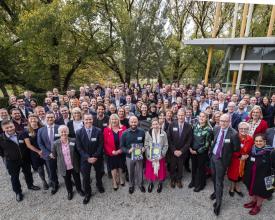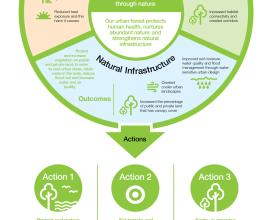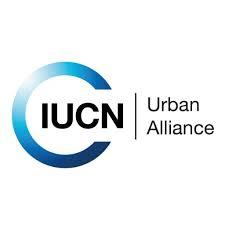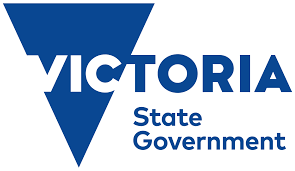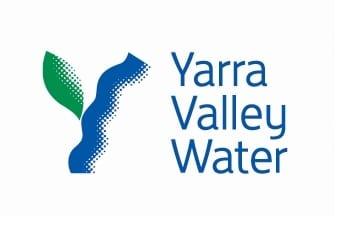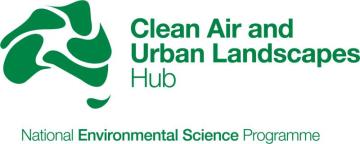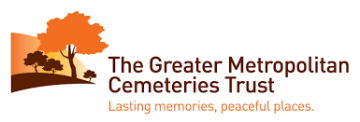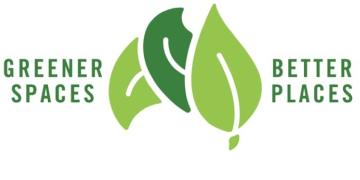
Melbourne viva: Nuestro bosque urbano metropolitano: una estrategia innovadora para una ciudad más verde y habitable
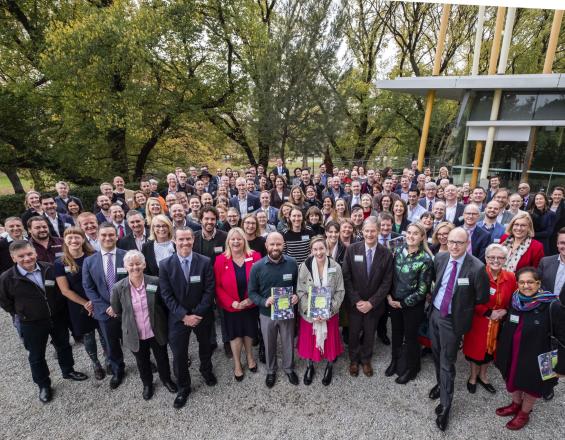
Melbourne (Australia) es una ciudad en rápido crecimiento. A medida que sus suburbios se expanden para satisfacer las necesidades de una población cada vez más numerosa, los dirigentes municipales tratan de proteger el hábitat de la fauna salvaje, proporcionar espacios verdes para el recreo y garantizar la disponibilidad de árboles para gestionar los efectos del cambio climático.
The Nature Conservancy (TNC) y Resilient Melbourne han elaborado un plan de bosques urbanos que identifica oportunidades para mantener y restaurar las zonas naturales de la ciudad. La estrategia Living Melbourne presenta un enfoque transformador para responder a los retos urbanos con la naturaleza, y es el resultado de más de dos años de colaboración y acumulación de pruebas sobre cómo conectar, ampliar y mejorar el verde urbano en toda la metrópoli.
Living Melbourne es una estrategia audaz para un Melbourne más verde y habitable en el futuro. En un esfuerzo sin precedentes, Living Melbourne ha sido respaldada por 41 organizaciones que representan a los gobiernos locales, el gobierno de Victoria, las autoridades del agua, los organismos oficiales y los organismos de la industria.
Impactos
El desarrollo de "Living Melbourne" contó con la participación de las partes interesadas a lo largo de todo el proceso. Aproximadamente 65 organizaciones y más de 250 individuos hicieron contribuciones a la estrategia. Una vez completado, se celebró un taller de implementación el 13 de septiembre de 2019. 60 personas en representación de 40 organizaciones hicieron aportaciones y se generaron 57 ideas de proyectos a partir del taller.
Estas ideas informaron la creación de un Plan de Implementación de tres años que se distribuyó en febrero de 2020. El plan identifica organizaciones "líderes" y "de apoyo" e incluye proyectos prioritarios, plazos estimados y costes estimados de los proyectos. En el plan de implementación se identifican 26 proyectos que avanzan elementos de cada una de las seis áreas de acción de Living Melbourne.
Las seis áreas de acción de Living Melbourne son:
Acción 1: Proteger y restaurar el hábitat de las especies y mejorar la conectividad.
Acción 2: Fijar objetivos y hacer un seguimiento de los avances
Acción 3: Aumentar la ecologización del ámbito privado
Acción 4: Colaboración entre sectores y regiones
Acción 5: Crear un conjunto de herramientas de recursos para apoyar la aplicación
Acción 6: Financiar la protección y mejora de los bosques urbanos
La estrategia, más orientativa que directiva, es un documento visionario que trabaja para eliminar barreras y potenciar oportunidades que mejoren significativamente las condiciones para el reverdecimiento urbano.

